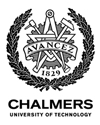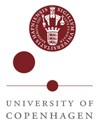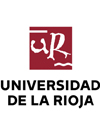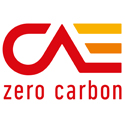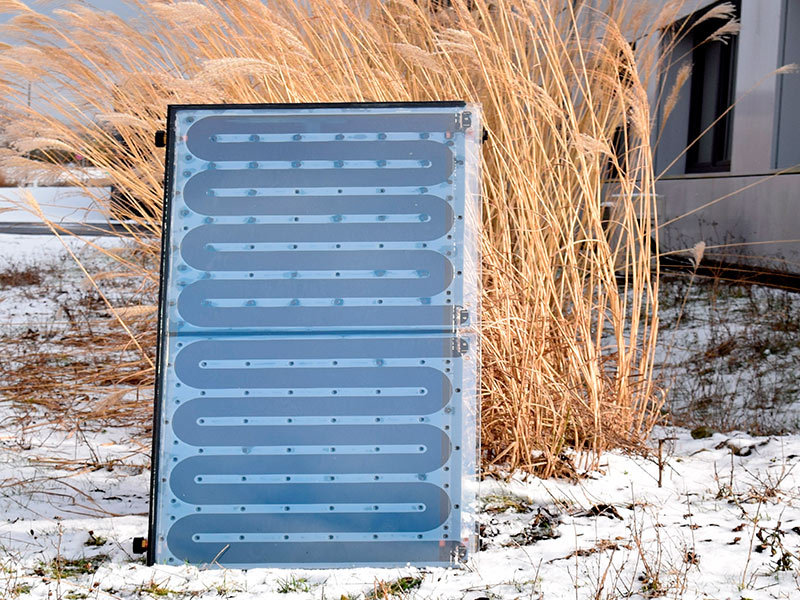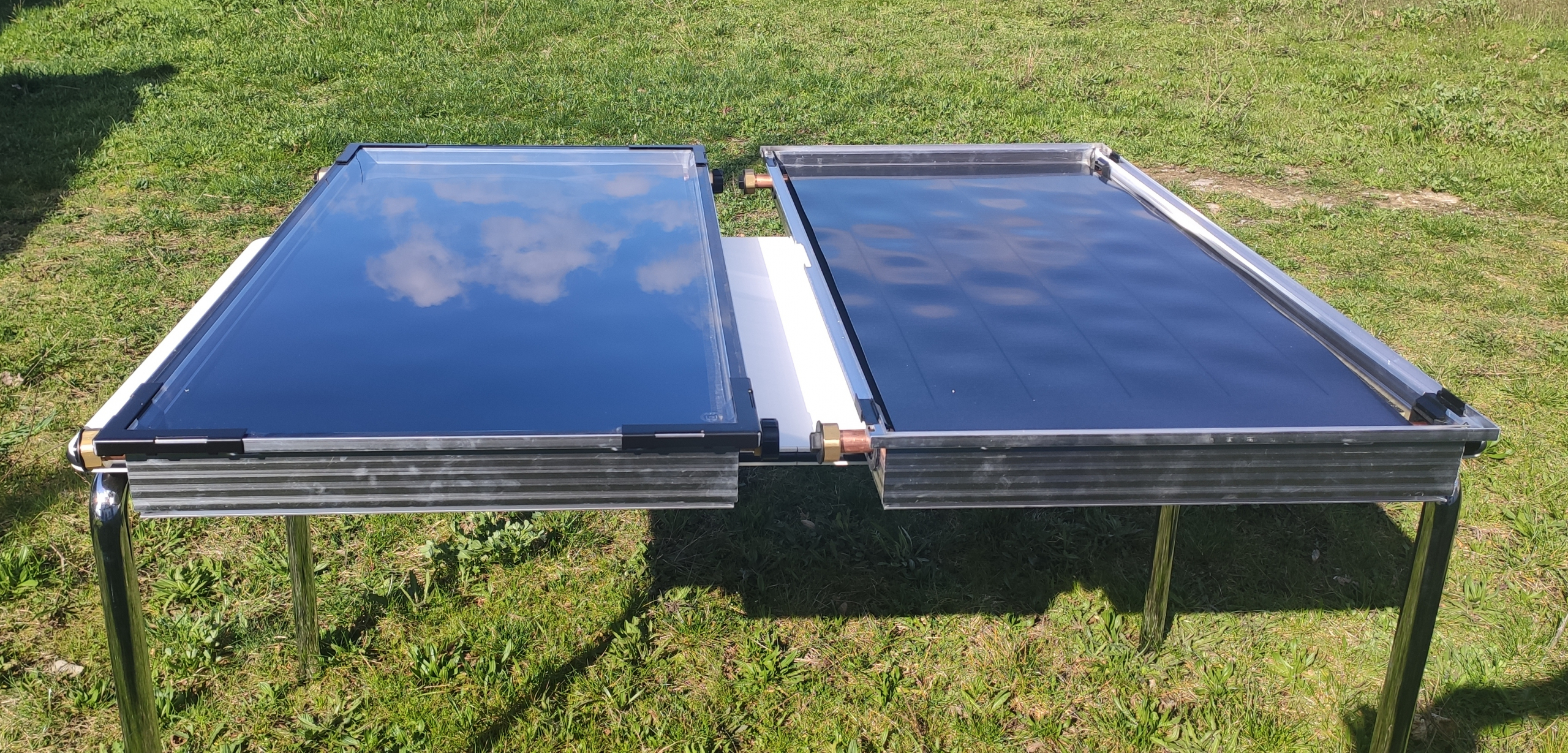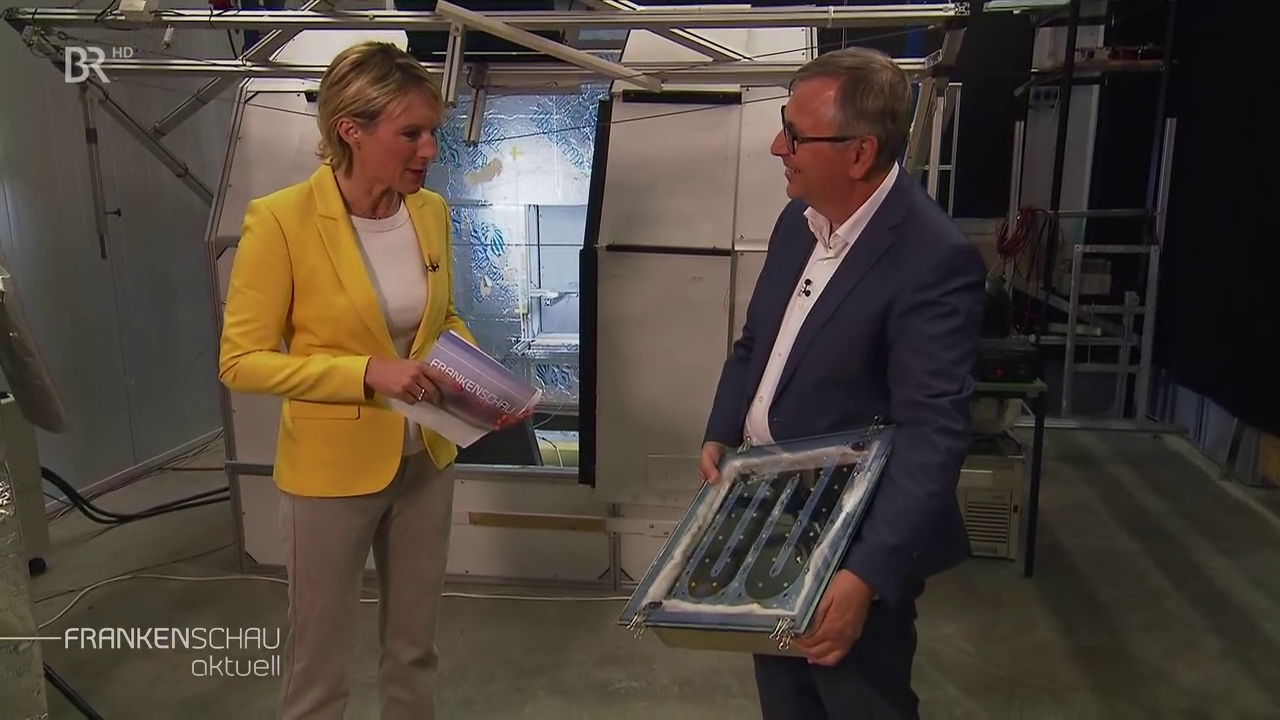Mission
The MOST project aims to develop and demonstrate a zero-emission solar energy storage system based on benign, all-renewable materials. The MOST system is based on a molecular system that can capture solar energy at room temperature and store the energy for very long periods of time. This corresponds to a closed cycle of energy capture, storage and release. The MOST project will develop the molecular systems as well as associated catalysts and devices to beyond state-of-the-art performance and scale. Specifically, hybrid solar collectors utilizing up to 80% of incoming solar energy will be designed and tested together with heat release devices, that combine MOST with thermal energy storage (TES) enabling rapid temperature ramp-up cycles delivering large temperature gradients.
The Team
The MOST project (H2020-FETPROACT-2019-951801, Molecular Solar Thermal Energy Storage Systems) involves a dedicated and engaged group of people. Research groups from 6 different organizations in 5 different countries will work together to make this technology possible. The Chalmers University of Technology (Sweden), the University of Copenhagen (Denmark), the University of La Rioja (Spain), Johnson-Matthey (United Kingdom), Center for Applied Energy Research (CAE) and Fraunhofer ISE (Germany) will join forces to improve MOST systems beyond the state of the art on all possible technical aspects.
“The MOST project (H2020-FETPROACT-2019-951801, Molecular Solar Thermal Energy Storage Systems) involves a dedicated and engaged group of people. Research groups from 6 different organizations in 5 different countries will work together to make this technology possible.”
Latest Publications and News
Learn about our recent research, updates, job offers and the Most Project in the media


